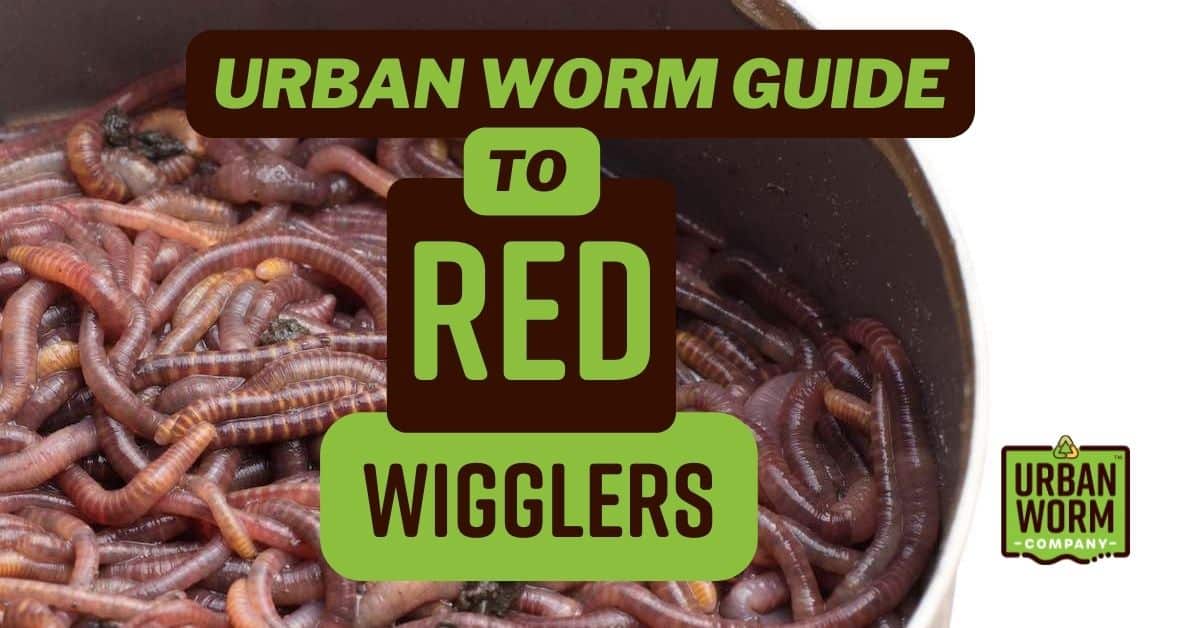Red Wiggler Express - An Overview
Red Wiggler Express - An Overview
Blog Article
Examine This Report about Red Wiggler Express
Table of ContentsThe 7-Second Trick For Red Wiggler ExpressThe 7-Second Trick For Red Wiggler ExpressThe Facts About Red Wiggler Express RevealedThe Ultimate Guide To Red Wiggler Express
With the global push for sustainability and with green techniques expanding in popularity, individuals are lastly coming around and acknowledging the ecological advantages of red wiggler worms and composting. In this post, we'll talk about just how vermicomposting supports lasting gardening and the ecological benefits of red wigglers and various other earthworms.
This is the short of it. If you wish to review in-depth concerning red wiggles, we have an entire post dedicated to them right here. Currently, let's obtain right into the fundamentals of exactly how these worms support sustainable gardening practices and profit the atmosphere: Worm composting is like a day spa day for your dirt.
When incorporated right into your garden dirt, these spreadings improve its framework, aeration, and water retention. This assists with plant development and wellness and does not call for the use of any type of chemicals. Did you recognize that organic waste makes up a substantial part of land fill material?
By diverting your kitchen area scraps and yard waste right into a worm composting bin, you're properly decreasing the quantity of natural waste that winds up in landfills. It's a win-win situation for your garden and the planet. Forget chemical plant foods worm spreadings are the actual deal. They're chock-full of vital nutrients like nitrogen, phosphorus, and potassium.
The Of Red Wiggler Express

Keep the bin in an awesome, unethical place to stop overheating. Mix the nutrient-rich worm spreadings into your yard soil or utilize them as a leading clothing for potted plants. You'll notice healthier, better plants in no time! It actually is as straightforward as that. In a globe where sustainability is ending up being significantly vital, red wigglers radiate as unrecognized heroes of horticulture.
Composting may appear like old information, but doing it with a bin full of worms possibly doesn't. Red wiggler worms offer excellent benefits to the natural garden enthusiast, creating both a natural plant food and a reliable pesticide. And they eat your kitchen scraps. The worth of red wigglers, a.k (Where To Buy Worms).a. Eisenia fetida, hinges on their waste matter, referred to as worm castings.
Worm spreadings may be bought at shops such as SBS in Vineyard Place or Vineyard Gardens in West Tisbury, but to raise the worms in a garden compost bed and harvest your own castings is a lot more enjoyable. The work of these worms is a component of lasting living. Red wigglers are indigenous to equine manure, where they delve to lay eggs.
Get This Report on Red Wiggler Express
(https://www.advancedseodirectory.com/Red-Wiggler-Express_492028.html)They can not make a great deal of it." He covers the container with straw, after that a piece of old carpeting. "They like the heat," he claims. Lynn clarifies the manufacturing of castings and 2 uses: as a plant food and as a pesticide. "They digest rotting matter. It passes through them and includes calcium to make this abundant earth," she claims.
"I did it to see if it would certainly make a difference on white flies and aphids. The red wiggler is a prodigious dog breeder, laying eggs as frequently as once a week - Worm Farms Near Me.
It takes three to 5 months for an infant worm to reach sexual maturity and the adult length of three inches. Their lifetime is four to five years unless certainly they are utilized for lure. As freshwater fish lure, wigglers agonize on the hook and make it through underwater longer than traditional earthworms.

As one of the Epigeic class of compost worms, the typically does not appear in soils. The worm is red or reddish-brown in color and has a smooth, cylindrical form.
A red wiggler worm can mature to 4 inches in length but is generally only concerning 2 and a half inches. The worm has a small mouth located at the front of its head. It likewise has tiny bristles, called setae, which aid the worm step and support itself to surfaces.

Report this page